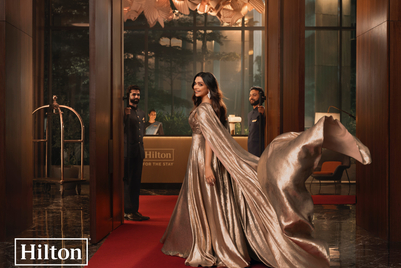Whilst natural pearls can only be produced by a freakish accident of mother nature, her artistry can be mimicked. This son of a noodle-maker replicated nature’s occasional masterpieces and paired them with exquisite jewellery designs that transformed perceptions of cultured pearls from cheap imitation to the most desirable of gems.
Nothing says old school glamour like a string of pearls. Grace Kelly, Liz Taylor, Jackie Kennedy and Coco Chanel all understood their iridescent, entrancing beauty. Far from being something your mother wears, pearls are back: as objects of timeless beauty, as signifiers of feminine elegance and sophistication, and as gemstones with more subtlety and nuance than diamonds with their brash sparkle.
Perfectly round natural pearls are extremely rare – the product of a billion-to-one chance of a piece of grit rubbing an oyster up the wrong (or right) way. Kokichi Mikimoto couldn’t stand to see such absolute beauty left to chance. So he made it his life’s work to replicate what nature could not and dedicated himself to perfecting the art of the cultured pearl. ‘I would like to adorn the necks of all the women in the world with pearls,’ he once said, describing his obsession.
His company styles him as a man with ‘the skill of a scientist and the soul of an artist’. It seems an accurate description, with many of his pieces blending a modern design sensibility with Japanese ingenuity. The ‘Sash Clip Yaguruma’ (1926) is one such piece. Its ingenious mechanical engineering allows it to be reconfigured into up to 12 different pieces of jewellery including a ring, hair clip, brooch and sash clip. No-one could argue that this kind of design is about mere aesthetics.
After initial public skepticism about the value of cultured pearls, Mikimoto’s unswerving dedication to quality, refined design and brave innovation won hearts and minds on the red carpet and beyond. Soon, the brand had become synonymous with Hollywood glamour. Marilyn Monroe was given a 16-pearl string of Mikimoto Akoyo pearls by Joe DiMaggio on their honeymoon. Reportedly, it was her favourite piece of jewellery.
According to the brand’s Creative Director Yoshio Sato, Mikimoto’s style is exemplified by its blending of European design ideas with a Japanese sense of beauty. Certainly, the brand seems to epitomise a timeless glamour, regardless of origin. Here’s hoping Kokichi Mikimoto’s dream to dress every woman in his pearls comes true.
Did you know?
Not all of these are pearls of wisdom (scroll all the way down for the answer).
1) Although his name is synonymous with cultured pearls, Kokichi Mikimoto did not invent the process. The technique of inserting an irritant into the oyster to stimulate pearl production, had been known in China for centuries. In the modern era William Savile-Kent, an English-born Australian developed a method in 1900 and the Japanese pair of Tatsuhei Mise and Tokishi Nishikawa had both filed patents on the process before Mikimoto.
2) In 1957, the then President of Mikimoto Pearls donated the Mikimoto Pearl Crown to be used in the coronation of the National Cherry Blossom Festival Queen in Washington DC. The crown contains more than two pounds of gold and has 1585 pearls. Because of its weight, the newly crowned Queen only wears it for a few moments before being given a lighter one for the rest of the evening which she then keeps.
3) Mikimoto grew up in the seaport of Toba where he saw pearl fishermen bring in their catch, sparking his lifelong passion. In 1892, Mikimoto saw years of hard work ruined when a “red tide” of toxic plankton wiped out thousands of his oysters.
4) A reproduction of Philadelphia’s Liberty Bell containing 12,250 Mikimoto pearls and 336 diamonds was considered a sensation when it was exhibited at the New York World Exposition in 1939. Dubbed, “the Million Dollar Bell” it even reproduced the famous crack on the original with the use of blue pearls.
5) Roxy Music’s Mother of Pearl features the lines, “Mikimoto treasure / Vistas of pleasure/ Visions of culture/ In endless lustre.”
6) To emphasise his commitment to quality (and to publicise the brand, naturally) Kokichi Mikimoto caused a sensation in 1932 when he shovelled thousands of inferior pearls into a fire in front of the Kobe Chamber of Commerce.
|
Answer: There’s something Ferry wrong about five. Mother of Pearl does not contain this quatrain.
















.jpg&h=334&w=500&q=100&v=20250320&c=1)

.jpg&h=334&w=500&q=100&v=20250320&c=1)
.jpg&h=334&w=500&q=100&v=20250320&c=1)


.png&h=334&w=500&q=100&v=20250320&c=1)

.png&h=334&w=500&q=100&v=20250320&c=1)




.png&h=268&w=401&q=100&v=20250320&c=1)


.png&h=268&w=401&q=100&v=20250320&c=1)